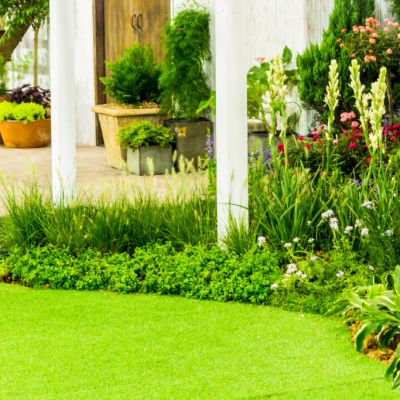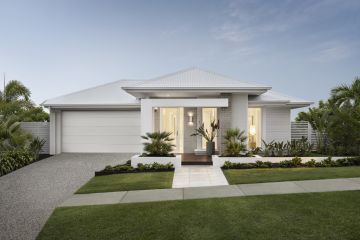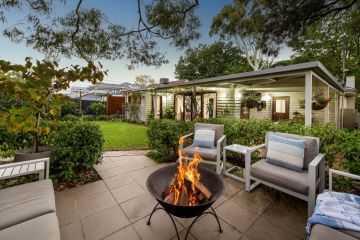Elegant edible gardens: An emerging new trend in garden design
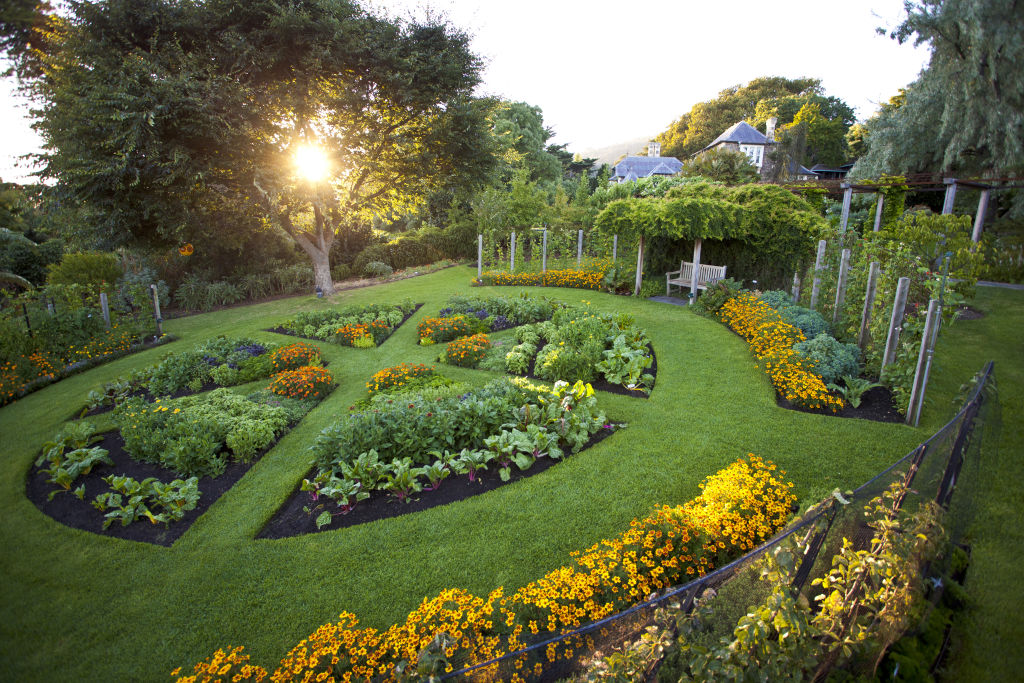
Want to grow food, but don’t have enough space for both a veggie patch and the pretty ornamentals that add value and beauty to your home?
According to Joshua Zeunert, an award-winning author and senior lecturer with the University of NSW’s Landscape Architecture program, you can have a beautiful garden and eat it too.
An emerging new trend in garden design, Zeunert says foodscaping is about landscaping your garden using edibles in an aesthetic way. “It doesn’t have to be this utilitarian, messy thing to tuck out of sight,” he says.
Listen to episode six of Domain’s podcast Somewhere Else:
Zeunert, the author of many papers on aesthetic foodscape design, wants to see more edibles grown in urban public spaces and private gardens.
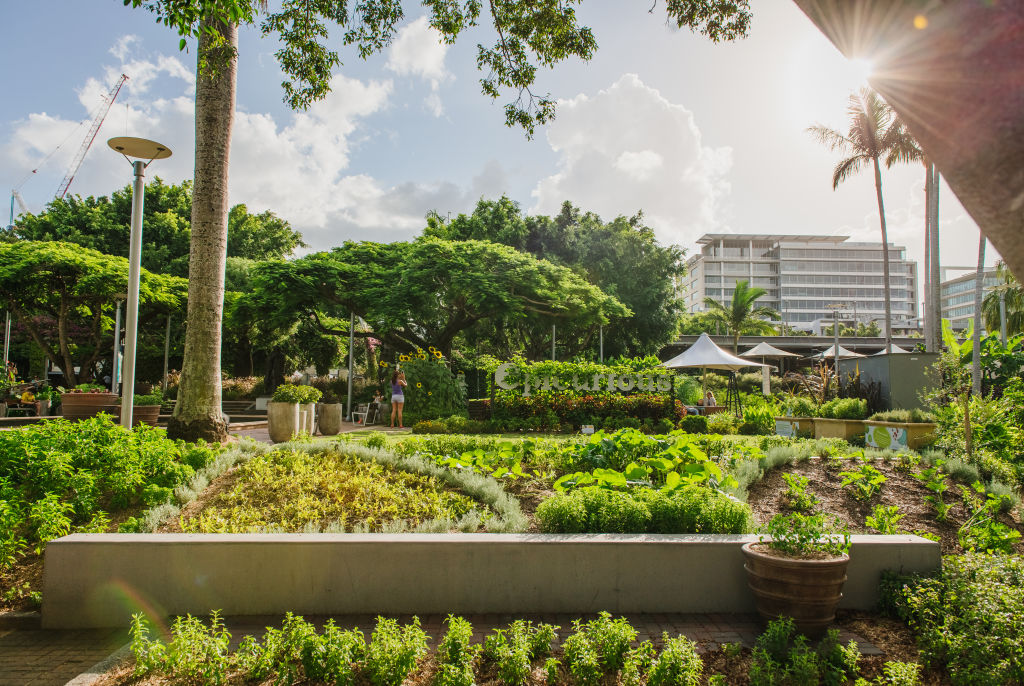
Foodscaping reconnects us to our food supply, providing health, psychological and environment benefits. “It’s less environmentally intensive in terms of the resources you use yourself, you can exclude synthetic pesticides, fertilisers and other toxins, and there’s no food miles involved,” he says.
“There’s so much research that proves engaging in gardening and food production has health and wellbeing benefits,” he adds.
However, the time, commitment and knowledge required to successfully create and maintain a stylish-looking food garden, is a barrier to foodscaping for many.
“There’s a body of knowledge and skills that we’ve lost,” Zeunert says. “Let’s not beat around the bush – it’s not easy to grow your own food, let alone do that in a beautiful way.”
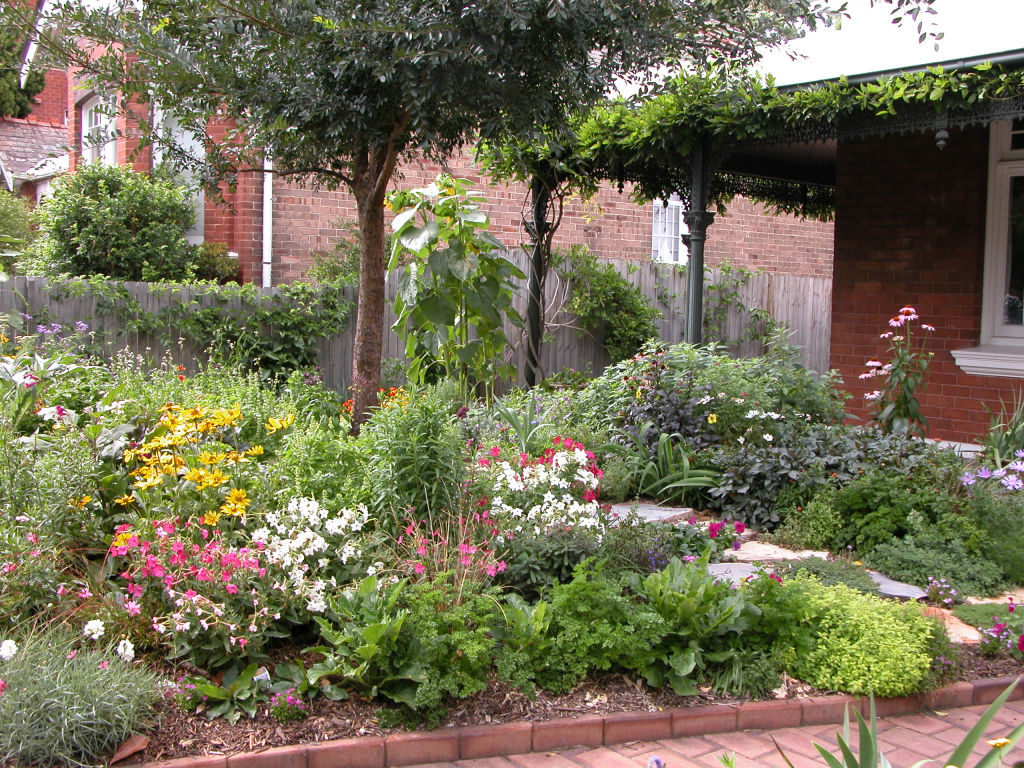
Clive Blazey, co-founder of The Diggers Club and author of eight books on horticulture, has spent a lifetime inspiring gardeners to create productive yet beautiful landscapes. He says there’s no excuse for an ugly food garden.
“Some of our most decorative plants are edible. And, in so many cases, there are edible replacements for any particular plant.”
Here’s what you can do create an elegant beautiful edible landscape at home.
Create structure
Take time to plan, Zeunert says. “Consider the overall spatial structure, positioning and views, then some of the details within that, whether that’s the hedging or other structuring elements that can conceal growing beds when they’re messy or ratty.”
The idea is to maintain beauty in the garden when annual food plants are in transition.
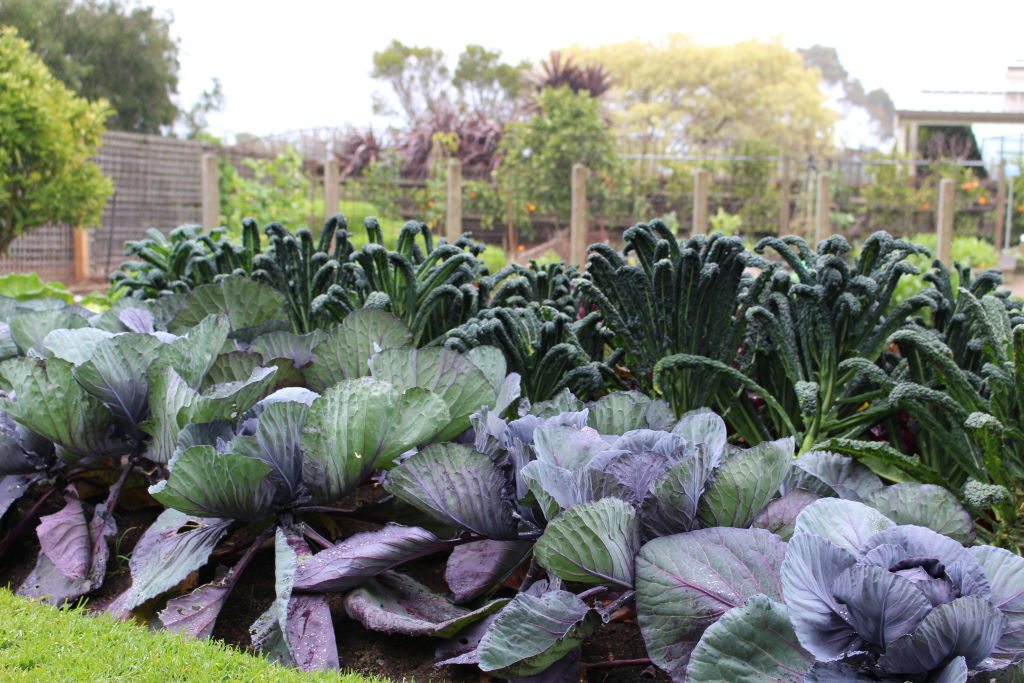
Study historical palace and grand estate gardens such as the Chateau Villandry in France, potages, kitchen, and walled gardens, for ideas.
“These tend to have geometry or structure. At a rudimentary level, that might be a wall, hedging or rectangular beds in squares or segments,” he says. “Foodscaping is about reviving this tradition, and adapting it to our contemporary circumstances.”
Don’t forget the basics
The fundamentals of successful fruit and garden growing include solar access, wind protection, growing the right species for your climate, ongoing feeding and water, and soil testing, Zeunert says.
Be choosy
Given limited space in the average garden it’s important to be selective about what you grow, Zeunert says. “For example, I grew a lot of a berries as opposed to potatoes which are cheap, take up more space, and aren’t very attractive.” Dwarf fruit trees (as espaliers or features) can help you cram in more food.
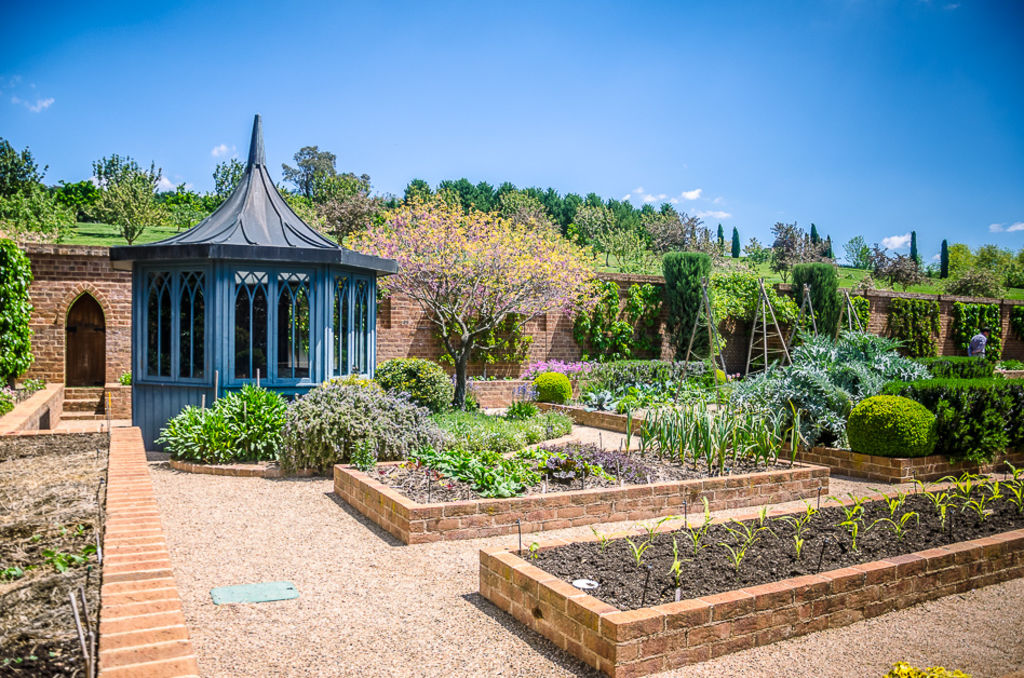
Stunning species
Source beautiful vegetables and lovely heirloom varieties with colour, like purple snow pea. Blazey suggests purple kale, Tuscan kale, heirloom blue cabbage and five-colour silverbeet to brighten the winter veggie beds.
Many herbs and fruits also have lovely flowers. “The flowers of garlic Russian provide stunning height and form to any border,” Blazey says. “And pear has the most handsome of blossoms.”
Texture, colour and height
Incorporate food plants with colourful or attractive foliage, such as flame lettuce. “Persimmon has globes of orange fruit and leaves turning in autumn,” Blazey says. Blueberries also have autumn foliage.
“Use companion planting principles and compose plants in striking compositions of layers, textures and colours,” says Zeunert.
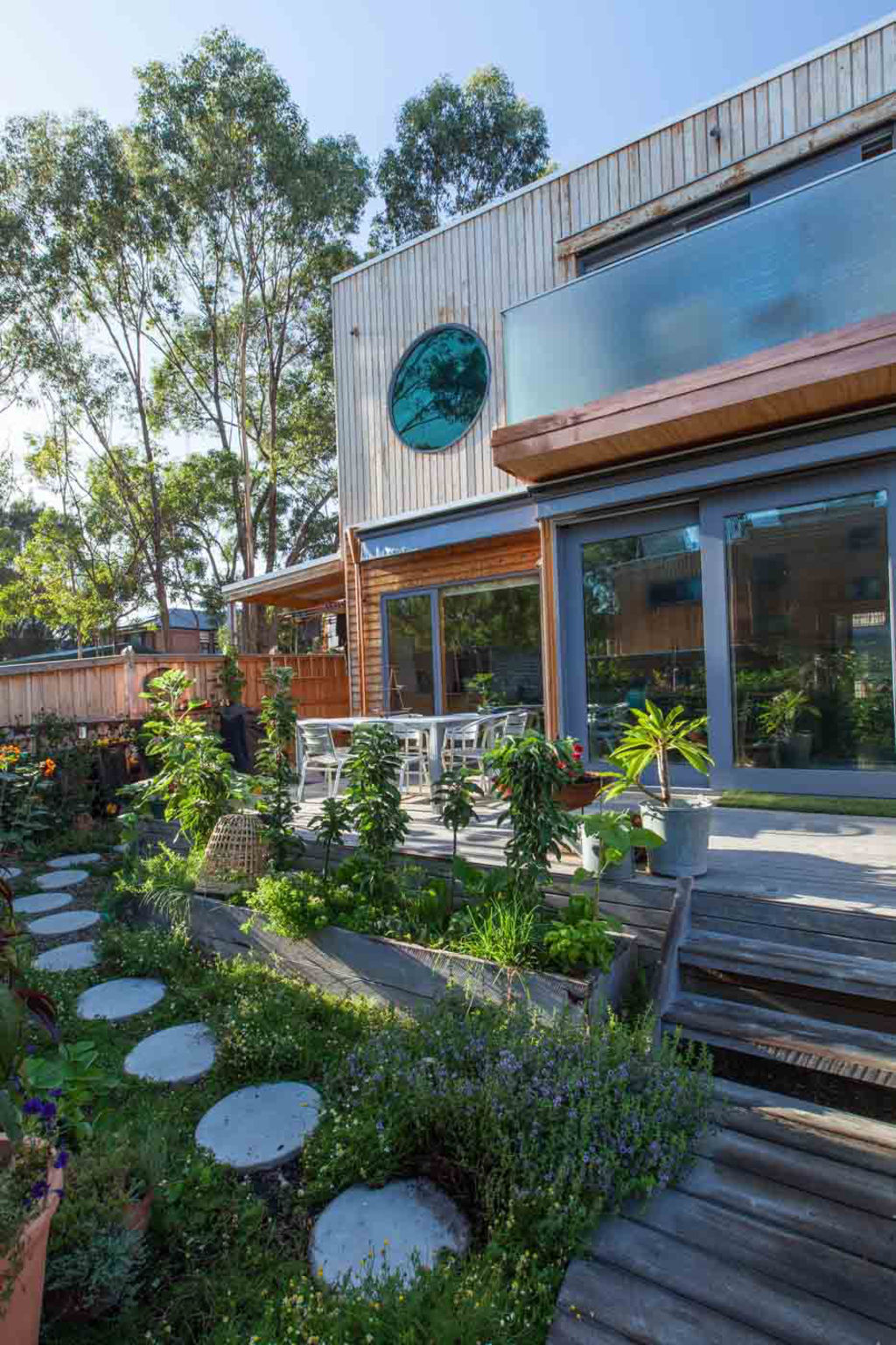
Shape it
Many edible trees, shrubs, herbs and vines can be shaped into hedges, arbours, topiaries, espaliers and fans. For example, pomegranate, guava, cumquat, bay leaf and rosemary can be hedged.
“Tuscan blue rosemary is a fast grower, has lovely flowers and makes a perfect hedge,” Blazey says. “Seville orange can also be hedged and provides the garden with a winter lift.”
Edible groundcovers
Ditch the manicured lawn and carpet the spaces between stepping stones with edible ground cover like thyme, oregano, marjoram, mints, strawberries and alpine strawberries.
Edible flowers
Add beauty by interplanting edible flowers with your vegetables, in borders or pots. Edible flowers include borage, calendula, nasturtiums, marigolds, violas and cornflowers, Blazey says.
“These also attract the essential and embattled pollinators to your garden,” Zeunert says.
We recommend
We thought you might like
States
Capital Cities
Capital Cities - Rentals
Popular Areas
Allhomes
More


